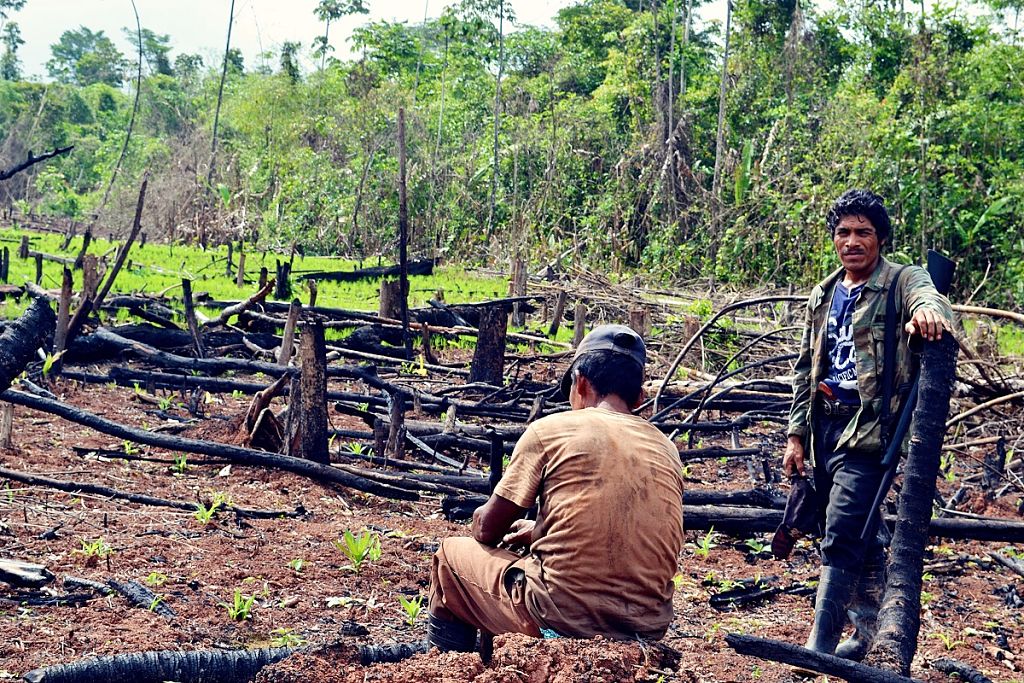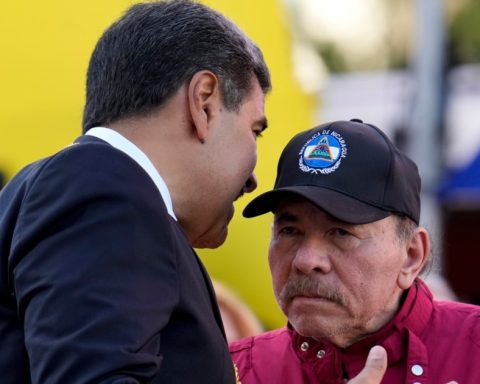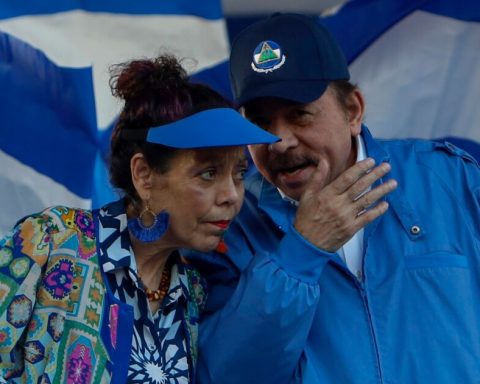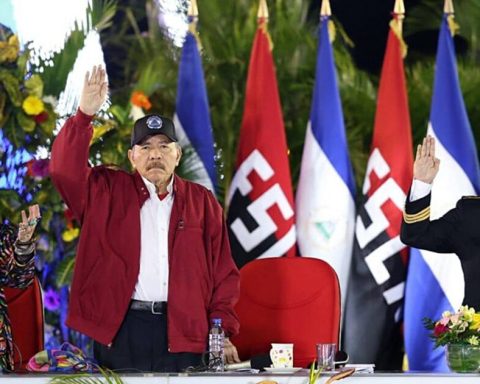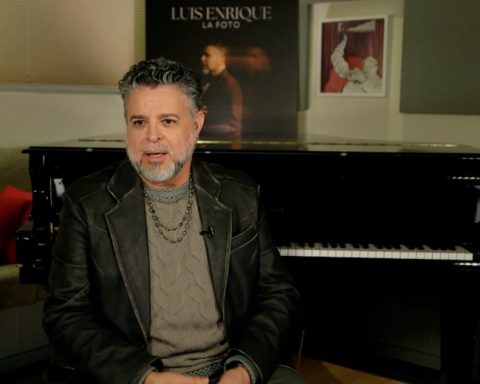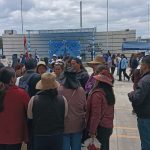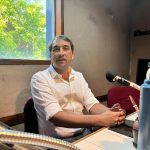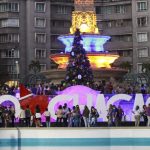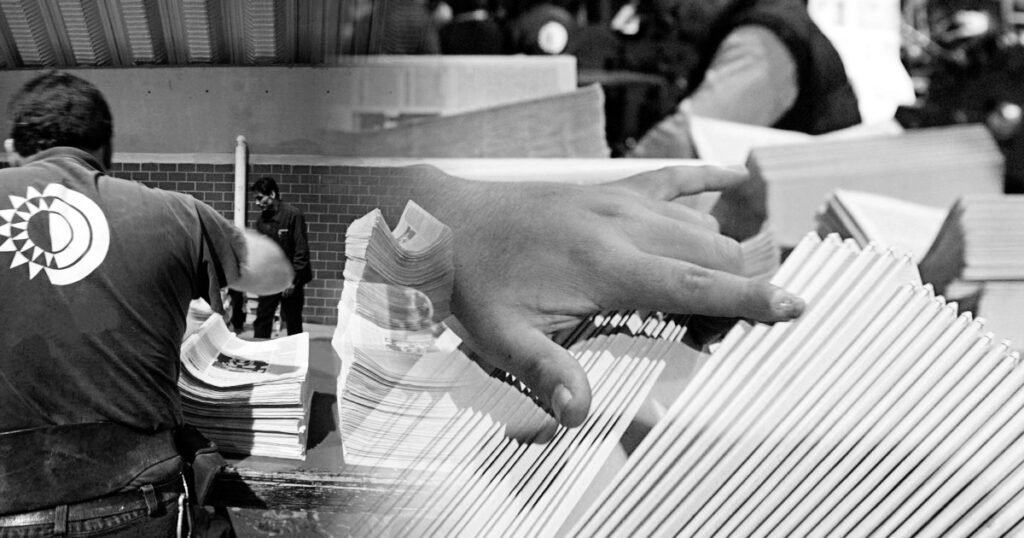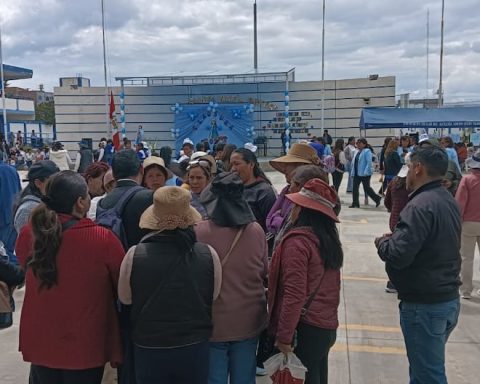At dusk on January 29, 2002, the peaceful Mayangna village of Alal, located in the northern Nicaraguan rainforest, was attacked by dozens of heavily armed men. Six community members died from the shots, many more were wounded and several homes were burned. Most of the 800 inhabitants fled into the jungle, while the invaders stole the cattle. This large-scale episode is just one more in a series of armed attacks against the indigenous peoples of Nicaragua: the Miskito and Mayangna groups.. These are communities that inhabited for hundreds of years the vast jungles of the east coast of the country, the one that faces the Atlantic and the Caribbean.
In the past, these were remote regions, apparently of no commercial value to the outside world and inhabited by indigenous peoples who lived simply and in harmony with nature. Today, however, the area has become increasingly attractive to outsiders seeking jungle land valuable in gold and other minerals. According to The report Nicaragua: a failed revolution from Oakland Institute, 40 members of the indigenous community were killed between 2015 and 2020, many were injured, others kidnapped and beaten, and thousands of people had to leave their homes. Several leaders of indigenous organizations have also been assassinated.
A threat to the largest tropical rainforest in Central America
During the last three years, The Nicaraguan government has approved legislation that further restricts the country’s democratic and civic space. In this sense, indigenous peoples and Afro-descendant communities have become a special target for having decided to break the silence in view of this context of intimidation. In 2021, the Government closed the Center for Justice and Human Rights of the Atlantic Coast of Nicaragua (Cejudhcan), an institution that was documenting the usurpation carried out by the extractive industries, the violence promoted by illegal settlers and the expansion of livestock producers to indigenous territories.
In addition, several of Nicaragua’s leading environmental activists, who have actively supported indigenous peoples’ land rights, were forced into exile. At the same time that democratic space has been shrinking, the Nicaraguan government (now a repressive regime headed by President Daniel Ortega and his wife, Vice President Rosario Murillo) has done nothing to stop violence in the Bosawas Biosphere Reserve. Instead, has accused the activists of harming the homeland and has issued arrest warrants for them.
Bosawás has a very rich flora and fauna: today it is the largest tropical forest in Central America and the third largest in the world. Since 1997, the area has been included in the list of biospheres protected by Unesco. Likewise, the right to land of indigenous peoples has been approved by the State of Nicaragua in 2005. Both the High Commissioner for Human Rights and the Inter-American Commission on Human Rights (IACHR) have issued strong official criticism of the Nicaraguan governmentThey called for justice and demanded that indigenous peoples be given active protection against invaders. However, nothing has been achieved so far.
So far in 2023, eleven Miskito indigenous communities and one Mayangna from the North Caribbean Coast have obtained precautionary measures by the IACHR in order to be protected from future invasions. Thus, join the three communities that had already received these precautionary measures between 2015 and 2019. However, the national authorities have done nothing to enforce them, which leaves these towns in a situation of greater vulnerability when it comes to suffering invasions.
The Bioclima project in the face of state inaction
Between the years 2000 and 2015, within the framework of Law 445 of Territorial Demarcation, Nicaragua achieved significant progress in the process of demarcation and titling of indigenous lands and of Afro-descendant communities in the autonomous regions. By 2023, 24 indigenous and Afro-descendant community territories have been titled in an area of 40,000 square kilometers, which is equivalent to 31% of the country’s land area. However, Law 445 includes five stages in the demarcation and titling process: the application; conflict resolution; measurement and demarcation; the degree; and finally the stage of “clarification on land rights” or sanitation. To date, the process has only advanced to the fourth phase, which has created an institutional vacuum. According to the law, the regularization consists of determining the legal status of the possessions of the third parties that occupy the territories with indigenous title.
Unfortunately, the lack of completion of the clean-up stage has had a stimulating effect for the new illegal occupations, consolidation of possessions de facto, and increased conflicts between indigenous people and non-indigenous village settlers. Additionally, internal self-regulation processes for the election of indigenous territorial authorities and Afro-descendant communities (which are also guaranteed by Law 445) were often intervened by political operators of the Nicaraguan regime. This action occurs in a framework of intense government centralization, which has weakened the right to self-determination and indigenous autonomy..
In this context, which is already difficult and violent in itself, a new threat looms for the indigenous peoples of Nicaragua and for the Bosawás rainforest. The United Nations Green Climate Fund (GCF) is planning a large project that focuses on Bosawás and bears the name of BioClimate. Its purpose is to stop deforestation and increase the absorption of carbon dioxide in the area. The total budget for a period of seven years is more than 116 million dollars (of which half are donations) and, most of it must be used for investments that promote “sustainable production” and the administration of the forest within Bosawas.
Although the GCF made the largest contribution, funding also comes from the Global Environment Facility (GEF) and the Central American Bank for Economic Integration (CABEI). The latter has the task of channeling resources to the Nicaraguan government. During the last years, CABEI has been a great provider of funds for Nicaragua despite having been heavily criticized for its lack of accountability mechanisms and for its staunch support for the country’s repressive rulers. Likewise, CABEI’s contributions to the Daniel Ortega regime reached around 26% of its credit portfolio, which implies a total of 3500 million dollars. The role of this bank is even more problematic if one takes into account that the Nicaraguan government was accused of Serious violations of human rights and crimes against humanity in the context of the political crisis experienced in April 2018.
A project that would violate indigenous rights
The general purpose may be laudable, but the BioClima project is unrealistic and creates a risk that can cause great damage. “It would be like pouring gasoline on a fire that is already difficult to control,” said one of the representatives of the indigenous peoples recently. If the project becomes a reality, it is very likely that violence against the indigenous peoples of Bosawás will increase greatly, as will deforestation and other types of land destruction. And it could be even worse because the productive activities to which they intend to grant generous financing do not coincide with the customary practices of land cultivation and resource management applied by the indigenous communities of the area.
Therefore, the project would attract outsiders, who would be more motivated to displace indigenous communities and forcibly usurp communal lands. In fact, the project seeks to promote the notion of “cohabitation” between indigenous peoples and illegal settlers and, consequently, legitimize and normalize the dispossession of indigenous lands. “Cohabitation” has been consistently rejected by indigenous authorities and organizations of the coast due to the priority it gives to the rights of non-indigenous people over local indigenous communities. Likewise, the Government of Nicaragua, a regime that urgently seeks access to foreign financial resources, strongly supports large-scale logging and mining throughout the country and, of course, in Bosawás as well.
However, there is still a way to prevent this. The BioClima project was approved by the Green Climate Fund in November 2020 and is scheduled to start in December of the following year. However, half a year later, in June 2021, the FVC received an official claim against the project from representatives of the Bosawás population. In addition to the critical points already mentioned in this article, the claims indicated that neither they nor their legitimate representatives had been consulted during the drafting of the project. Therefore, the GCF rule that is to use a “procedure for free, prior and informed consent” had not been applied.
This claim was taken very seriously by the Fund. In March 2022, its internal control body, the Internal Reparation Mechanism (MIR), published an initial opinion stating that preliminary information indicated that the concerns raised may prove to be justified: “At first glance, there were indications of adverse impacts caused or that could be caused to the claimants in case the project did not comply with the GCF’s operational policies and procedures”. The MIR recommended that a full investigation be carried out, including field visits. The project would be on hold pending this report, which is unusual but positive. However, a final decision has not yet been made and the full investigation (which has already been completed) has not yet been published.
An opportunity to distance yourself from the project
In this context, it is worth mentioning that the World Bank has recently canceled a similar carbon sequestration project on indigenous lands in Nicaragua. This project, which had originally been approved in mid-2019, it was considered inappropriate due to the context of violence, forced displacements and natural disasters in indigenous territories in Nicaragua. Finally, it was abandoned in February 2021. Despite this, the World Bank continues to appear as a donor of 24 million dollars through the Forest Carbon Partnership Facility (FPCF) within the BioClima financing plan. Now it remains to be seen if the Bank will also consider this project that has not been consulted with indigenous peoples inadequate.
The issue of the BioClima project will be resolved at the Green Climate Fund board meeting on March 13-16 in South Korea. Countries that contribute the most to the GCF, such as the UK, Germany, Japan, France, Sweden, Norway and Canada, are represented on the board and can (and should) play an important role. All these countries have signed the United Nations Declaration on the Rights of Indigenous Peoples of 2007 and it would be desirable for them to agree with other Member States to distance themselves from this project.
If implemented, the Bioclimate project could cause an increase in violence and violation of human rights, lead to increased climate destruction and seriously damage the credibility of the Green Climate Fund.
*Article originally published in indigenousdebates.org
